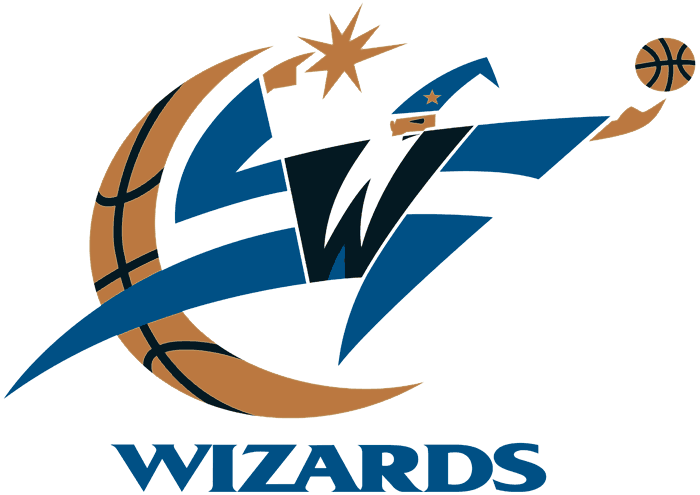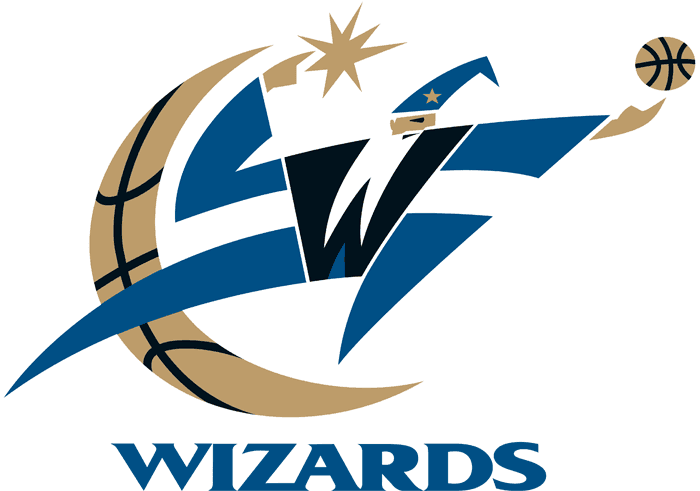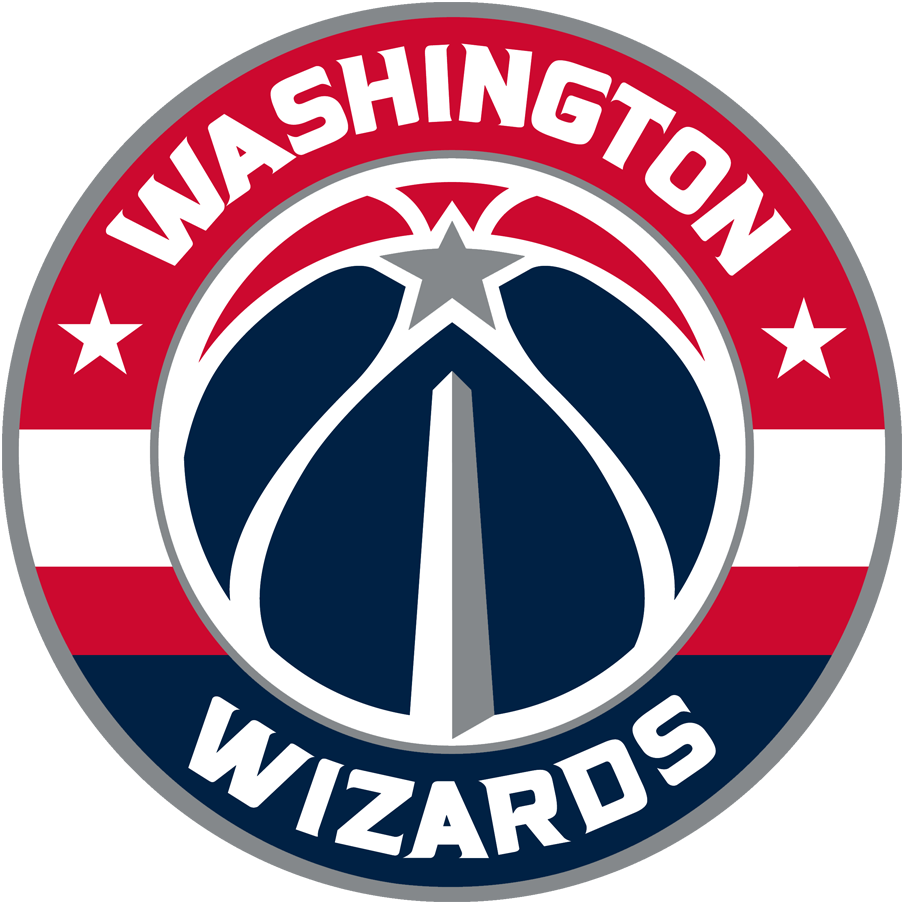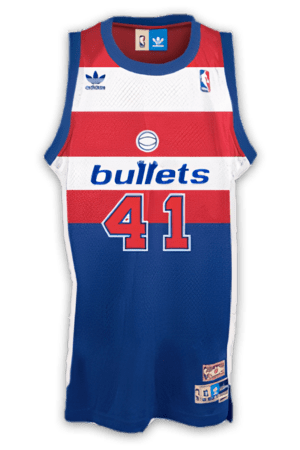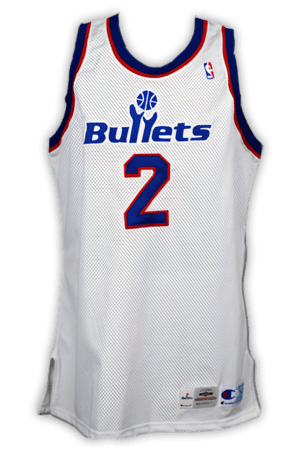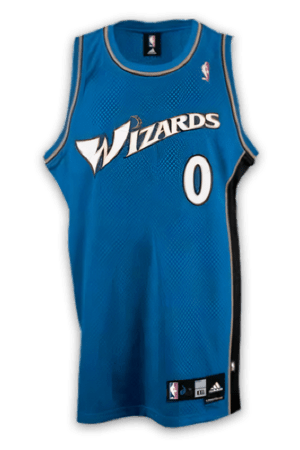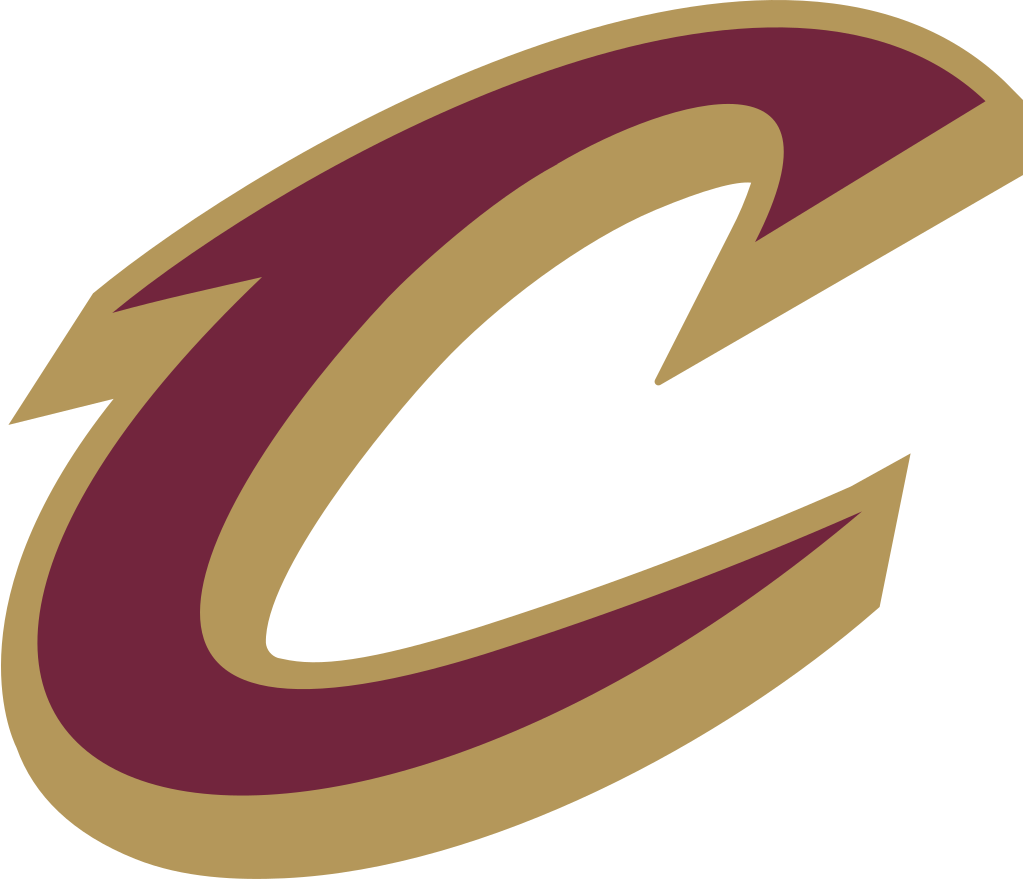The Beginning Years
The Washington Wizards were formerly known as the Chicago Packers as early as 1961, named after the wildly popular meatpacking industry in the Illinois area. The name lasted only one year before the team was renamed the Chicago Zephyrs to avoid a link to the hometown football rivals, the Green Bay Packers.
The Zephyrs made their first relocation to Baltimore, Maryland in 1963 and were officially renamed the Baltimore Bullets, an homage to a former team from the 1940s and 1950s. The first few years as an NBA team were successful given the stacked roster that included the likes of Walt Bellamy, Bailey Howell, and Bob Ferry. Howell effectively led the team to the first franchise conference title in 1965, ultimately falling to the Los Angeles Lakers in just six games.
The 1960s brought more skilled players and greater success with the addition of Wes Unseld and Earl Monroe. The Washington Bullets were able to secure 19 additional wins from the previous season and clinched an NBA Finals appearance in 1971. Though the Bullets were defeated by Kareem Abdul-Jabaar and the Milwaukee Bucks in only 4 games, this event set the stage for the next few years.
The 1973 season saw a relocation to Washington D.C. and a brand new team name, the Capital Bullets. The team name was again changed to the Washington Bullets following the 1974 season. Despite being down on their luck, the Washington Bullets advanced to the NBA Finals in 1975, losing to the Golden State Warriors in a mere 4 games. The team again proved doubters wrong, as the underdogs defeated the Seattle SuperSonics for the NBA Championship in 1978.
The Washington Bullets struggled to see success in later years, unable to make an appearance in the playoffs for the first time in 13 years during the 1981 season. The Bullets reversed course by 1983 and saw playing time in the playoffs during five straight seasons. In 1995, team owner Abe Polin decided to rename the team due to its links to violence in a crime-heavy Washington D.C. A contest helped to rename the team to the Washington Wizards in 1997, which ironically went hand-in-hand with the name of Polin’s other team, the WNBA’s Washington Mystics.









